YouTube Adds AI Dubbing Tool: Translate Videos in Different Languages Effortlessly
Introduction
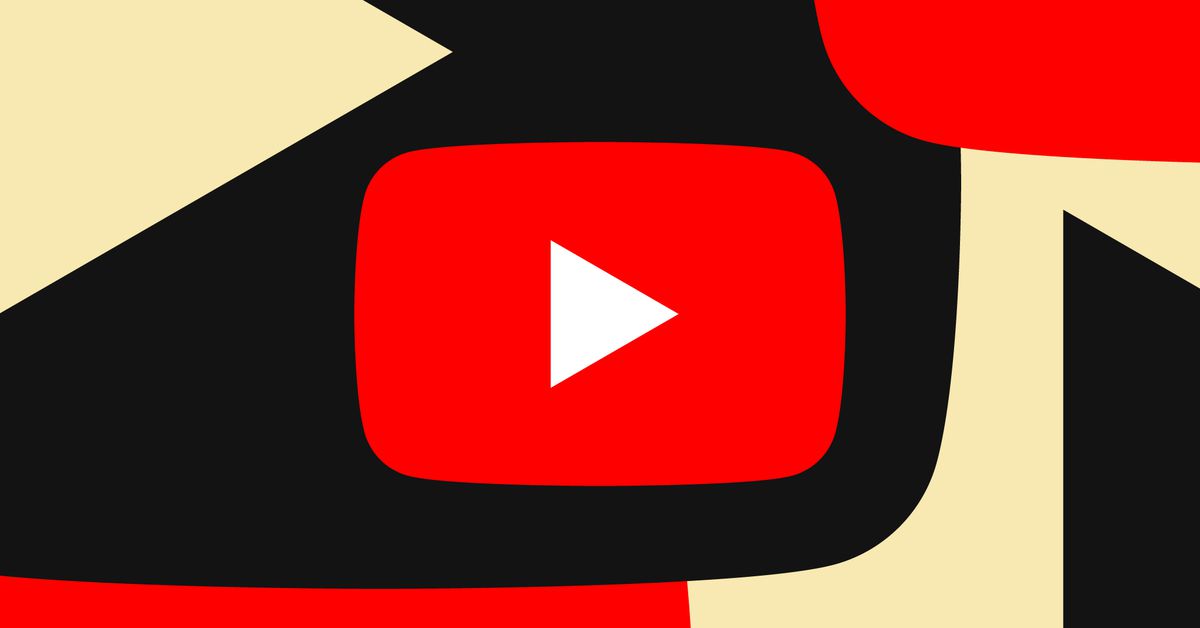
YouTube is one of the largest platforms for creating, sharing, and watching videos, with over two billion users worldwide. Over the years, the platform has introduced several features and tools to enhance the experience for both creators and viewers. Recently, YouTube has introduced a new AI-powered tool called ‘Aloud’ that allows creators to translate their videos into different languages.
What is ‘Aloud’?
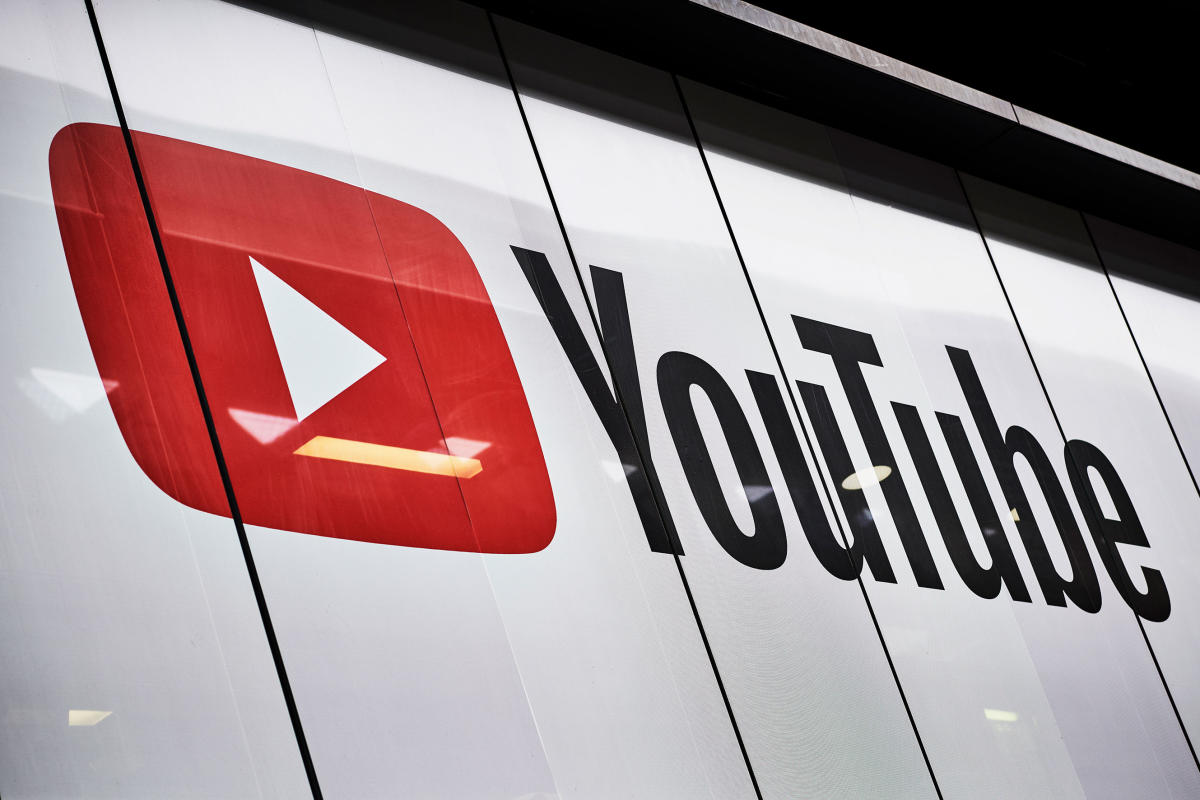
‘Aloud’ is an AI-powered tool developed by YouTube’s experimental project team ‘Area 120’. The tool can translate English videos into several other languages. According to YouTube, “You can dub a video with Aloud in a couple of hours, and it comes at no cost. This tool might be one of the easiest ways to expand your audience because 80% of the world doesn’t speak English.”
How Does it Work?
The AI-powered tool works by analyzing the audio and video content of a video and then using machine learning algorithms to translate it into other languages. The tool then creates a dubbed version of the original video, where the text and audio are synchronized to make it look realistic and natural. The tool uses the latest speech recognition and synthesis technology to generate high-quality translations.
How to Use Aloud?
Currently, ‘Aloud’ is in beta testing, and creators need to sign up for the waitlist on the tool’s website to join the beta test pool for the option. Once approved, creators can upload their English videos to the platform and select the language they want to translate it into. The AI tool will then process the video and generate a dubbed version in the desired language.
Why is ‘Aloud’ a Game Changer?
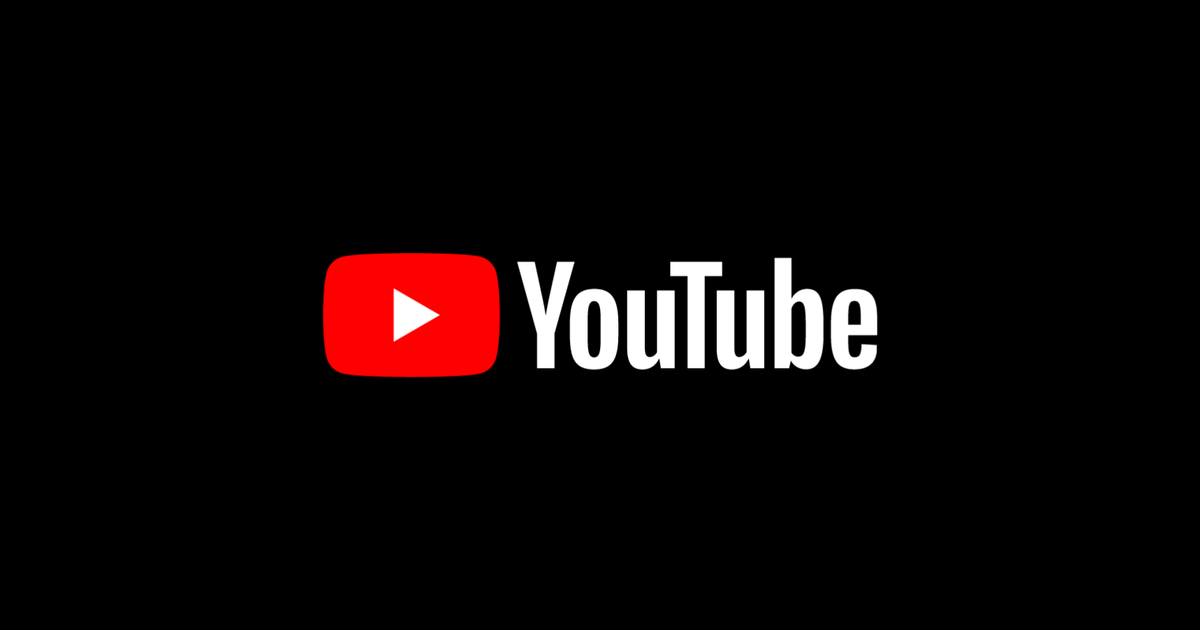
The introduction of ‘Aloud’ is a game-changer for several reasons. First, it makes it easier for creators to reach a global audience by translating their videos into different languages. Second, it eliminates the need for creators to hire professional translators or dubbing artists, which can be expensive and time-consuming. Third, it helps YouTube to expand its user base by attracting more non-English speaking viewers to the platform.
YouTube Emotes: New Chat Stream Engagement Option for Creators
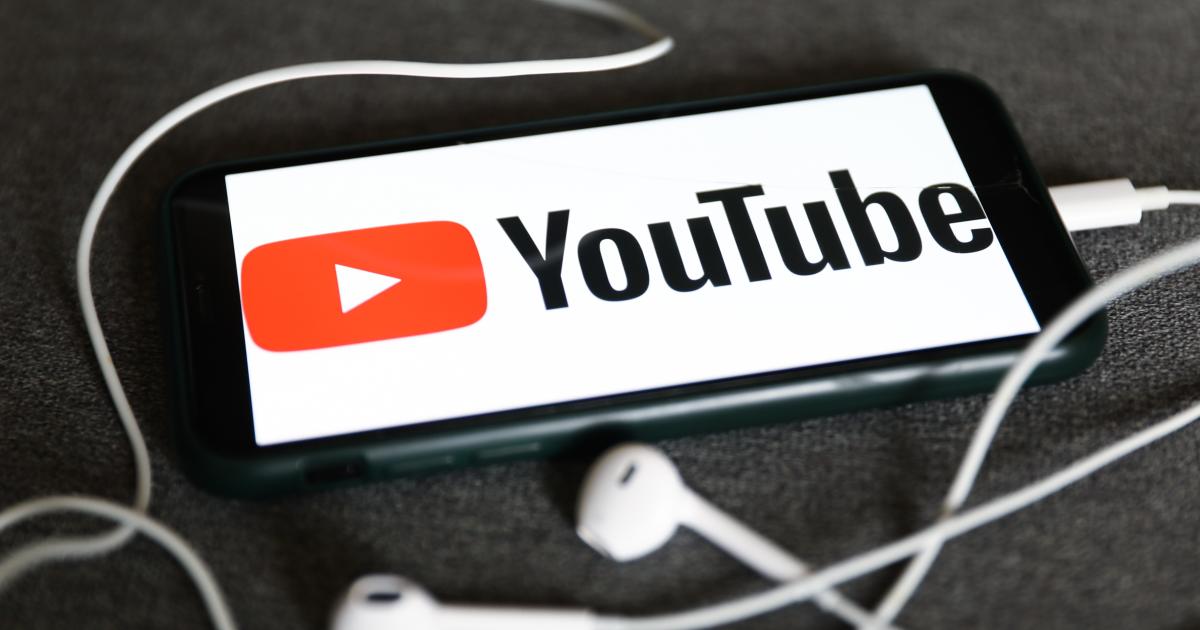
YouTube has also launched a new engagement option for creators called ‘YouTube Emotes’. The feature enables viewers to share little graphics within their comments on clips, much like Twitch emotes that provide another engagement option to facilitate more expression within chat streams.
What are YouTube Emotes and How to Use Them?
YouTube Emotes are little graphics that viewers can use in their comments on clips. To use YouTube Emotes, you can click/tap on the smiley face icon in live chat or comments, which will then bring up a listing of all of the emotes and emojis available to you in that stream/thread.
What are Channel Membership Custom Emojis?
Channel Membership Custom Emojis are another option to choose from within the emotes set. On Twitch, exclusive channel emotes are only available to paying subscribers. YouTube is also planning to launch a broader range of priced packages for Super Thanks to drive more revenue opportunities for creators, which is another way to engage within chat streams.
Thumbnail Frame Selection for Shorts Creators
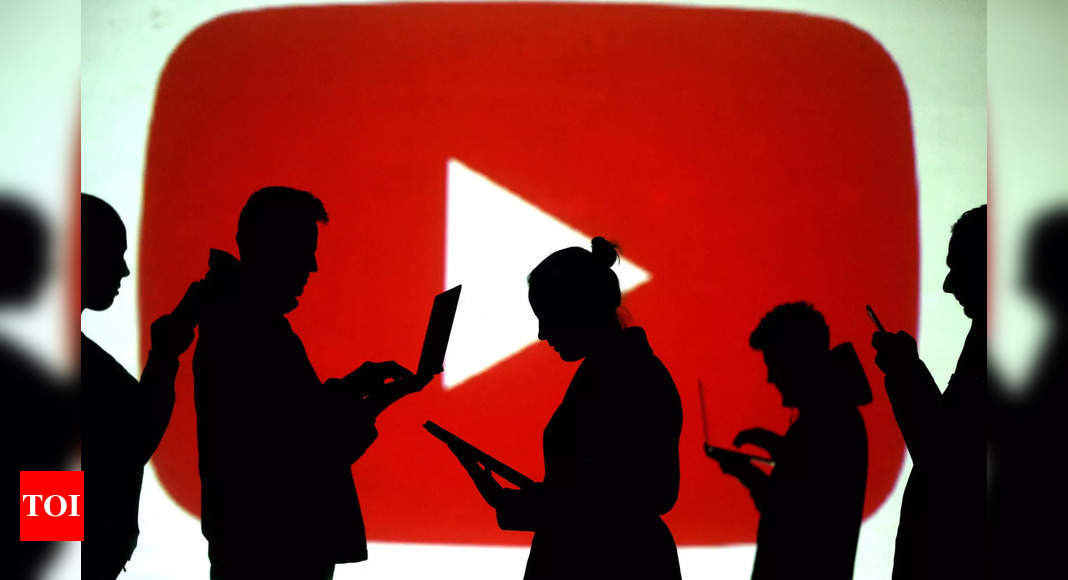
YouTube has also provided several updates to enhance the experience of Shorts creators. The platform is now giving Shorts creators the ability to choose a frame from their clip as their thumbnail within the Shorts creation process, starting with Android users.
How to Choose a Thumbnail Frame for Shorts?
To select a thumbnail frame for your Shorts (on Android), you can:
- Record or import a video with the Shorts camera, then navigate to the final upload screen
- Tap the pencil icon that is overlaid over the thumbnail of your video
- Scrub along your video’s timeline to pick a thumbnail then hit ‘Done’
- Upload your Short
YouTube says that it’s currently not possible to change the thumbnail after your Short has been uploaded, but it is looking to add this functionality in the future.
Shorts Mythbusting Clips for Creators
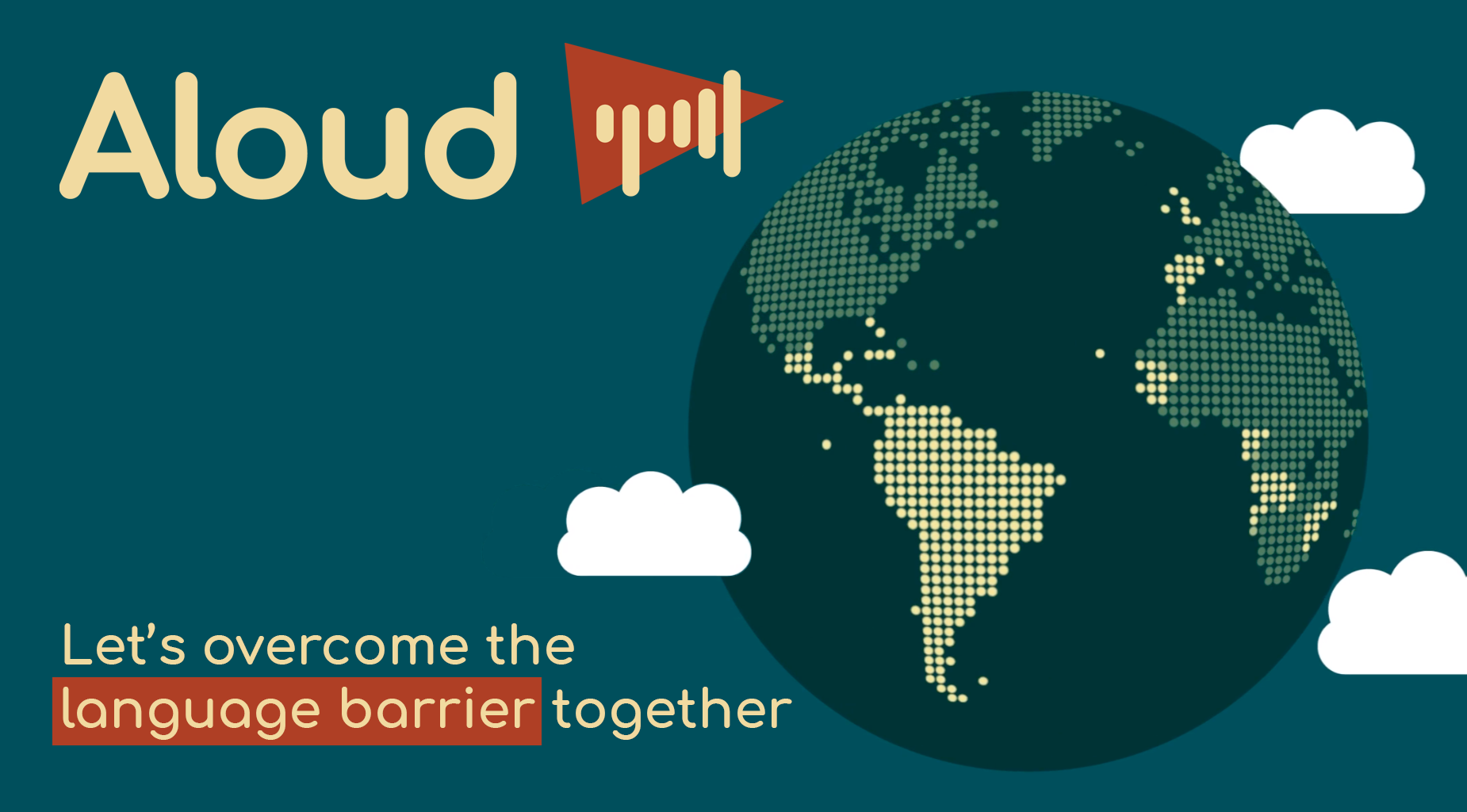
To help creators make the most out of Shorts, YouTube has launched a new series of Shorts myth-busting clips on the YouTube Creators channel. The videos cover various aspects of the Shorts process, including questions about the algorithm, common tips, best practices, and more.
What Do You Learn from the Shorts Mythbusting Clips?
Creators can learn about:
- How Shorts are being promoted on YouTube
- How to optimize the thumbnails and title for Shorts
- How to use hashtags to drive more views for Shorts
- How the Shorts algorithm works
- How to grow your Shorts audience and more.
Conclusion
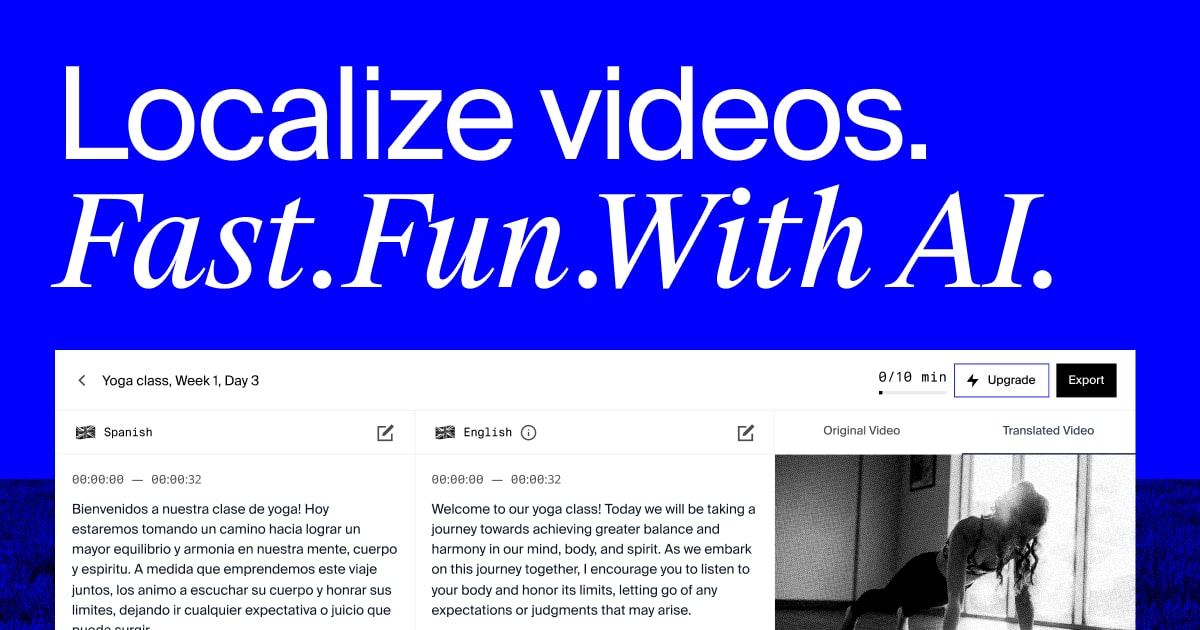
YouTube’s new AI-powered tool ‘Aloud’ is an excellent addition to the platform’s range of features for creators. The tool makes it easier for creators to reach a global audience by translating their videos into different languages. YouTube’s new updates and features, including YouTube Emotes, thumbnail frame selection for Shorts, and Shorts myth-busting clips, are also great additions to the platform’s offerings for creators. These new tools and features help YouTube to maintain its position as a leading video-sharing platform globally and enhance the user experience for both creators and viewers.
FAQs

1. How long does it take to translate a video using ‘Aloud’?
Creators can dub a video with Aloud in a couple of hours and at no cost, making it one of the easiest ways to expand audience reach. However, the processing time for each video may vary depending on its length and complexity.
2. Which languages does ‘Aloud’ support?
Aloud can translate English videos into several other languages, including Spanish, French, Portuguese, German, Hindi, among others.
3. Are there any limitations to using ‘Aloud’?
Currently, ‘Aloud’ is only available for English videos, and the translations may not be 100% accurate, especially when translating complex terminologies or cultural nuances.
4. How can creators make the most out of YouTube Emotes?
Creators can use YouTube Emotes to create a more engaging conversation with their viewers and build a stronger community. Creators can also use custom emojis as part of their channel membership offering to incentivize viewers to subscribe to their channel.
https://www.youtube.com/watch?v=2sqAHs3f6rI
5. Can creators use their custom thumbnail images for Shorts?
Currently, Shorts creators can only choose a frame from their clip as their thumbnail within the Shorts creation process and cannot upload custom thumbnail images. However, YouTube is looking to add this functionality in the future.

